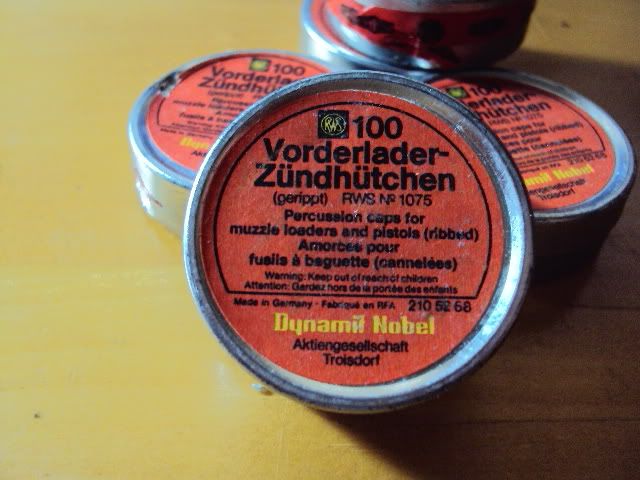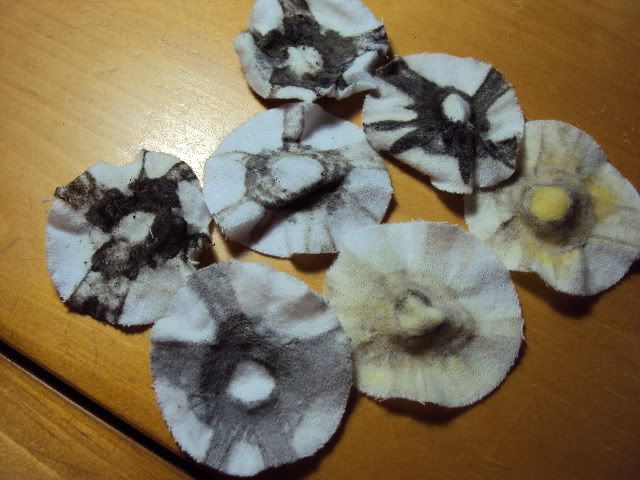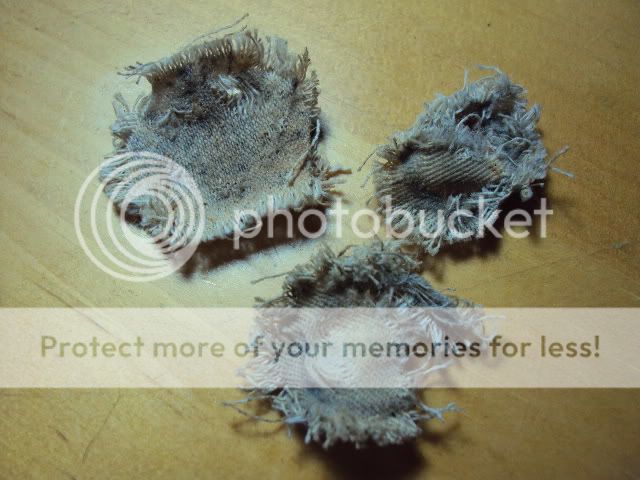Going to make another run to the range today, got the front sight tightened, going out to 50 yds.
Reducing the charge to 50gr. and see how it shoots as was suggested.
Also found 5 tins of these in a box of MZ loader tools and other I bought along with a couple of powder horns, flasks, and various other tools. Sold off what I didn't need and made a few bucks. I am familiar with RWS, I presume these are of good quality. Also included 50 cal ammo can, a box of Hornady .50 ball, pound of Pyrodex RS, nipple tools, speed loaders, ball starters, etc...Bought it all at a pawnshop for $40.

Reducing the charge to 50gr. and see how it shoots as was suggested.
Also found 5 tins of these in a box of MZ loader tools and other I bought along with a couple of powder horns, flasks, and various other tools. Sold off what I didn't need and made a few bucks. I am familiar with RWS, I presume these are of good quality. Also included 50 cal ammo can, a box of Hornady .50 ball, pound of Pyrodex RS, nipple tools, speed loaders, ball starters, etc...Bought it all at a pawnshop for $40.








